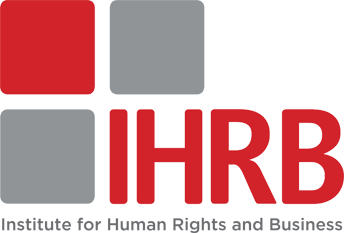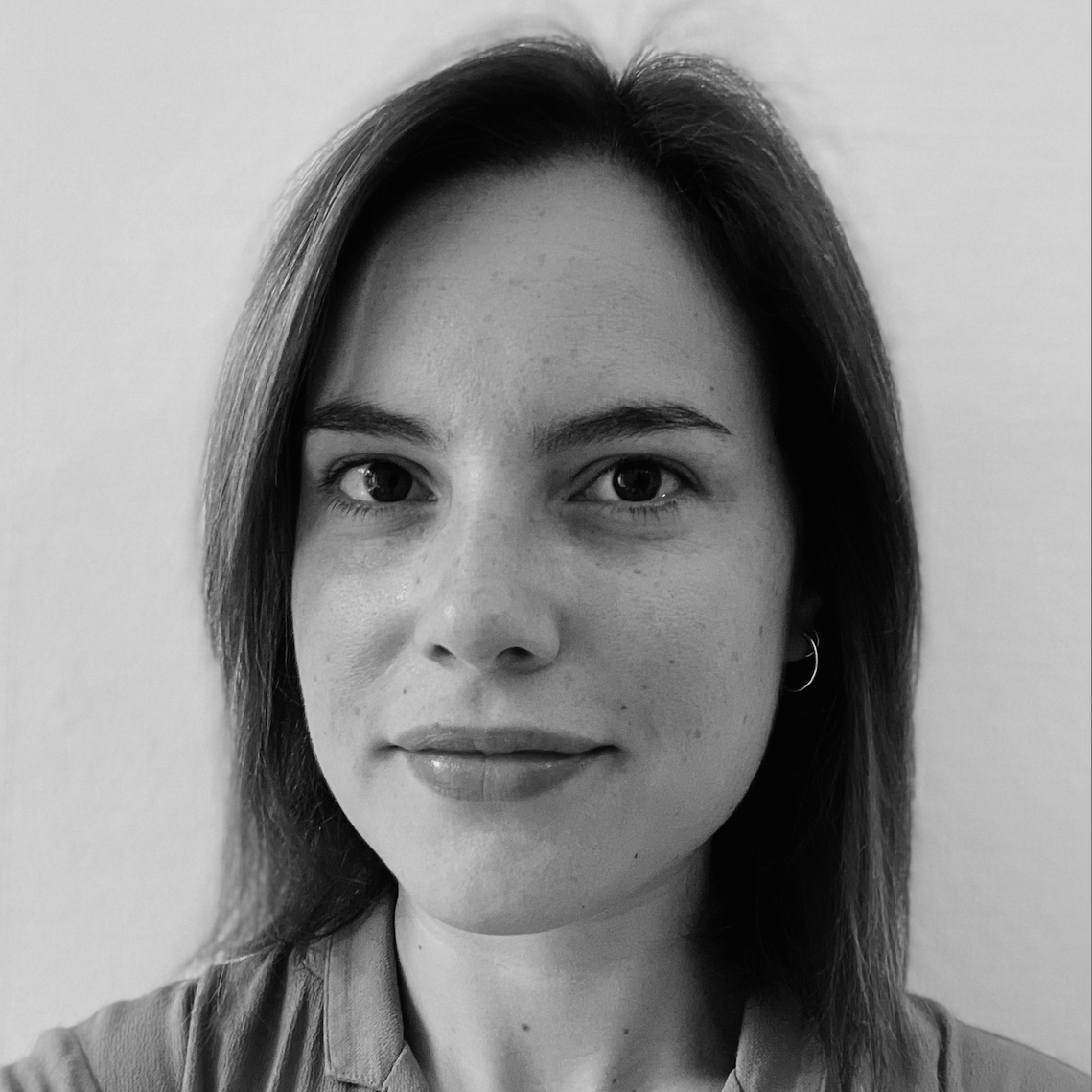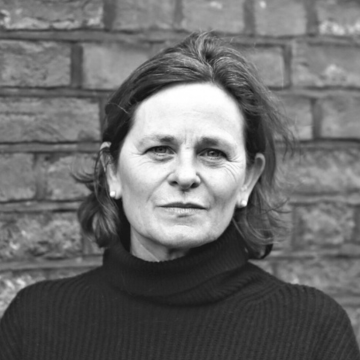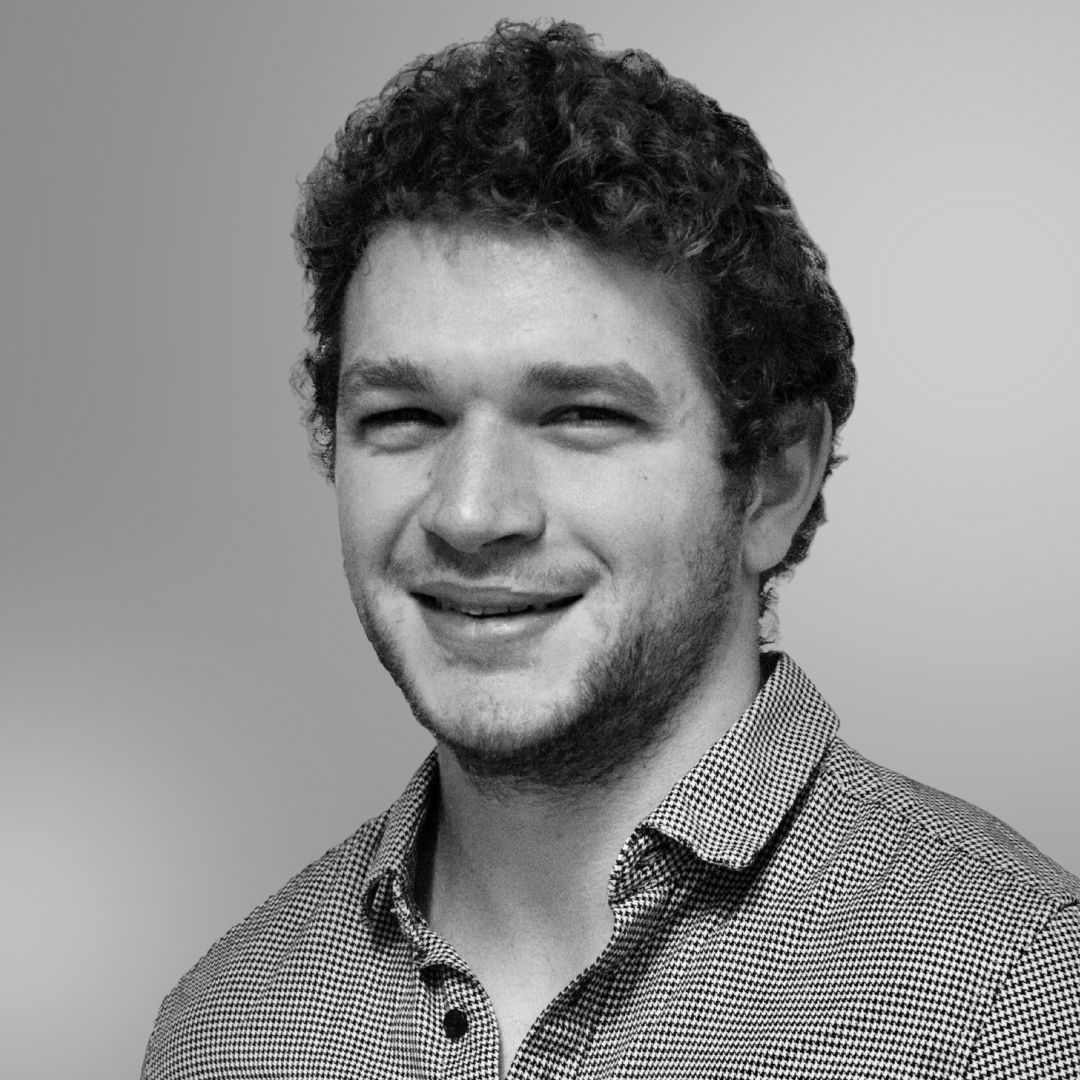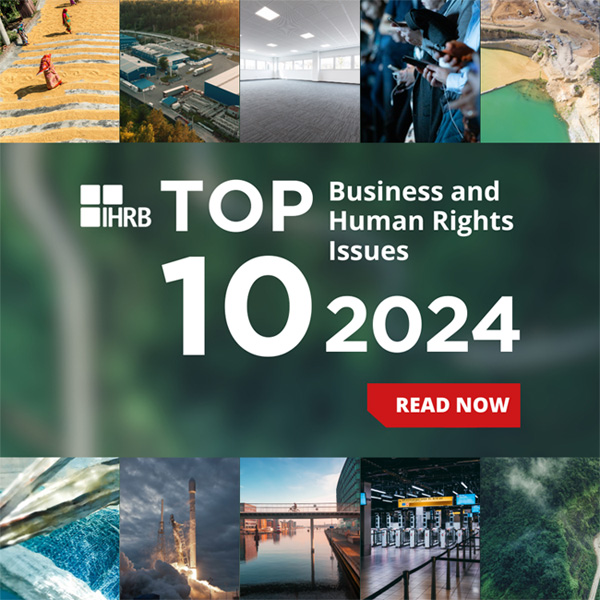Real-Time Building with Human Rights at the Centre
Working in specific contexts, the Coalition for Dignity in the Built Environment is initiating “Building Dignity” pilot projects. Applying the Framework for Dignity in the Built Environment throughout the course of specific building and infrastructure projects, the pilots aim to mitigate risks to human rights and maximise positive social outcomes – such as health benefits, greater social inclusion, and job creation.
The pilots will create a dynamic community of practice - sharing practical lessons on challenges and opportunities, demonstrating the benefits of a human rights approach, and informing stronger policy making to scale outcomes.
Context
Any building project involves a complex web of decision-makers – investors, owners and developers, architects, construction managers and contractors – with varying degrees of participation from end-users and local communities. The distribution of power between these actors largely determines the nature of the built environment - and whether it responds only to narrow financial interests or also to the needs of users, communities and workers, particularly the most vulnerable.
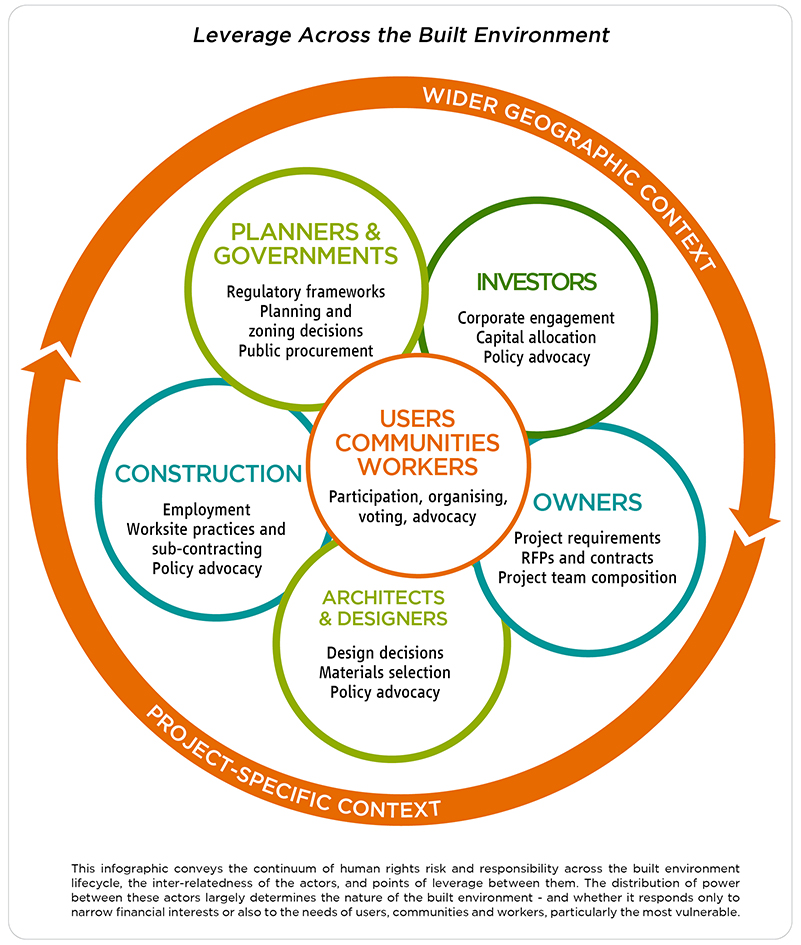

Ingredients for action
Every building and infrastructure project is unique. But some of key features for embedding social equity include:
Commitment by the project owner, whether a municipal government, cultural institution, or private company. Leverage over project outcomes decreases throughout the project lifecycle, so having the actor that holds the purse strings and determines the priorities of the project committed to social outcomes early on is important, and greatly increases the ability of designers, builders, and engineers to take a rights-based approach later in the lifecycle.
Acting early in the project lifecycle, which means that social outcomes can be included in project requirements, tenders, and contracts – they are much harder to retroactively implement at the later stages. This also involves ensuring that local communities and end users have a say on the project and can help shape outcomes from the earliest stage of the project. Overlooking meaningful consultation increases the risk of harm to human rights, project delays, or even the project being cancelled, as well as the risk of missing key opportunities to generate positive outcomes.
A spirit of collaboration and openness to cultural change: The built environment industries are often characterised by tight budgets and timeframes. This makes it challenging to ensure respect for human rights and to harness opportunities for social outcomes. While integrating social standards into project documents is an important approach, equally important is ensuring strong collaboration between people at different stages of the lifecycle, breaking out of siloed decision-making, shifting power imbalances, and enabling a culture where concerns can be raised and new strategies explored.
What’s involved
The Building Dignity pilots will involve building in a way that is deeply connected to:
-
WHERE the project takes place – including any systemic inequities, and opportunities for addressing them
-
WHO is involved and impacted - including end-users, local communities, and workers, with an emphasis on the most vulnerable
-
HOW decisions are made, with the aim of shifting power imbalances and strengthening collaboration between actors.
Practical steps include:
-
Establishing the pilot team and accountability mechanism
-
Mapping and engaging stakeholders meaningfully from the outset and throughout
-
Conducting due diligence, identifying social outcomes and creating an action plan
-
Integrating these findings into project processes
-
Adapting, learning, and adjusting along the way
-
Documenting and sharing learnings
Featuring: Bergen Inclusion Center, Norway
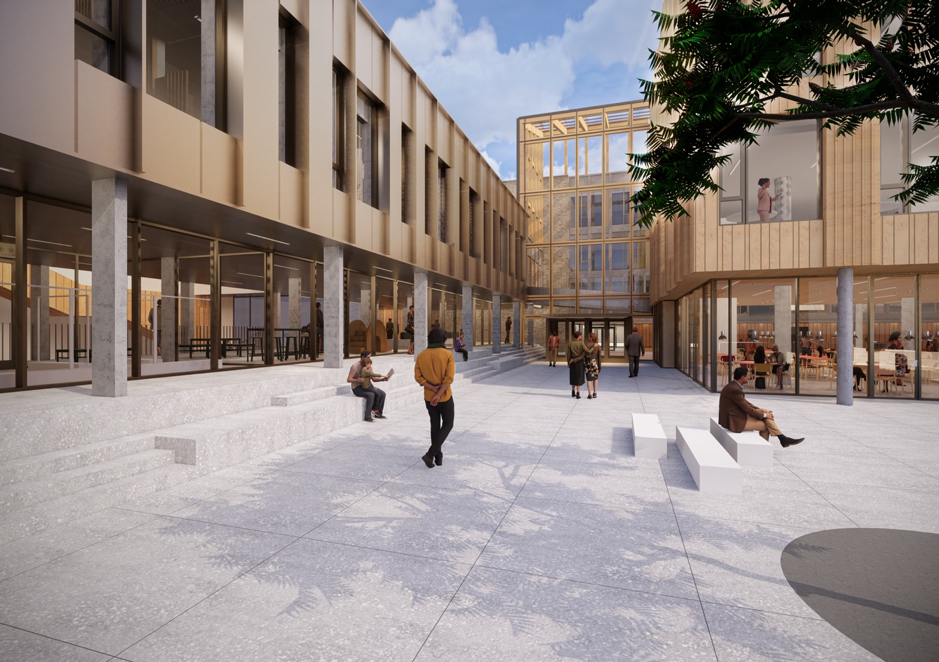
HLM Arkitektur/ 3RW Arkitekter
The first Building Dignity Pilot Project is underway in Bergen, Norway. The city is home to a growing refugee and migrant population, and has also committed to be a “human rights city”. The pilot – due for completion in December 2023 - involves the conversion of a former school building into a center that both provides a language school and other services for newly-arrived refugees and migrants, as well as facilities open to the neighboring community. The pilot project team, led by Bergen City Architects, is working to implement the Dignity in the Built Environment Framework throughout the building project lifecycle. Design and Architecture Norway (DOGA) has featured the Bergen inclusion center as a best-practice example in its “National Roadmap for Smart and Sustainable Cities and Communities”.
Embedding the framework from the outset has informed the following decisions:
-
Co-locating the various services which may be needed by newly arrived refugees, providing a one-stop shop that is easily accessible
-
Designing the canteen, restrooms, public and prayer spaces taking into account the cultural background and lived experience of different users
-
Creating an activity square that invites people from the surrounding area
-
The choice of materials: maximising reuse and minimising the length of supply chains to ensure transparency and accountability - simultaneously reducing the carbon footprint.
The Bergen Inclusion Centre is now approaching completion and plans to open in spring 2024


Read more:
- Project page (Norwegian)
- First status report (English) June 2019 - March 2020
- Second status report (English) April 2020 - February 2021
- Third Status Report (English) March 2021 - June 2023
Interested?
Get in touch to find out more: [email protected]

